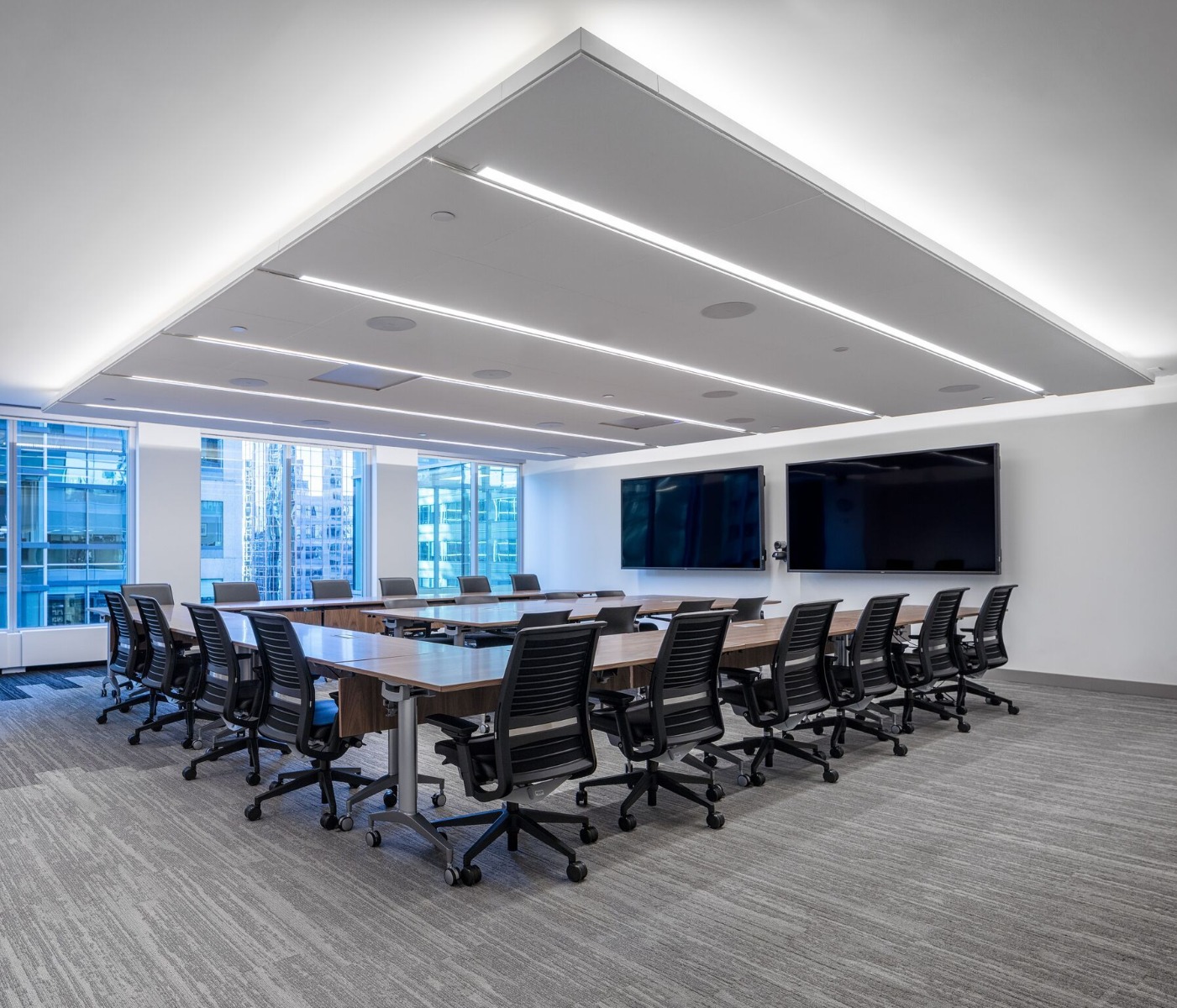LED Strips SERIES and PARALLEL circuit connection guide
- By Lumistrips LED Professional
- Jul 2, 2021
Basic LED principles:
An LED (light-emitting diode) is a semiconductor light source that emits light when current flows through it. Light is energy in the form of photons that emit when electrons in the semiconductor recombine with electron holes.
The higher the current flow, the brighter the LED becomes. However, the circuit is not perfect and some of the current is converted to heat instead of light. When the current reaches a certain value, the heat generated is so high that the semiconductor is permanently damaged. In most LED data sheets, this important limit is specified as "Absolute Maximum Current".
Even if the LED operates below the maximum current, the heat will slowly damage the LED, causing its luminous flux (light output) to gradually decrease. The time when the LED luminous flux is only 70% of the initial value is commonly referred to as "LED life".
For LEDs to have a very long life of 50,000h or more, a current level well below the absolute maximum current is required, which is referred to as the "typical" or "recommended" current.

 Lumistrips EN
Lumistrips EN Lumistrips UK
Lumistrips UK Lumistrips ES
Lumistrips ES Lumistrips PT
Lumistrips PT Lumistrips ITA
Lumistrips ITA






